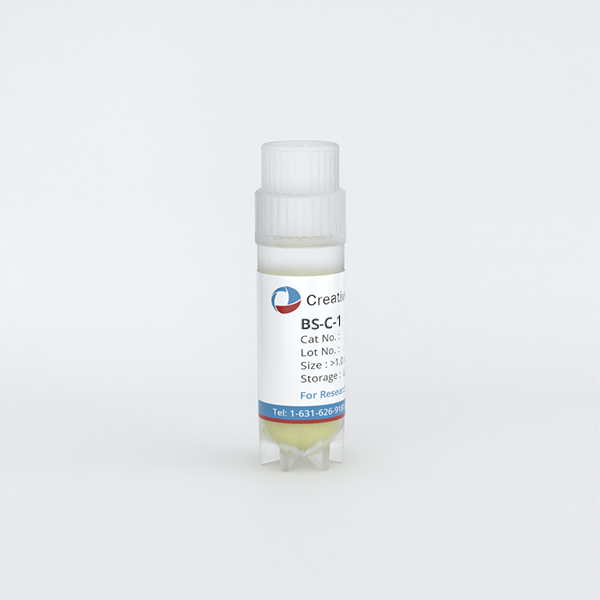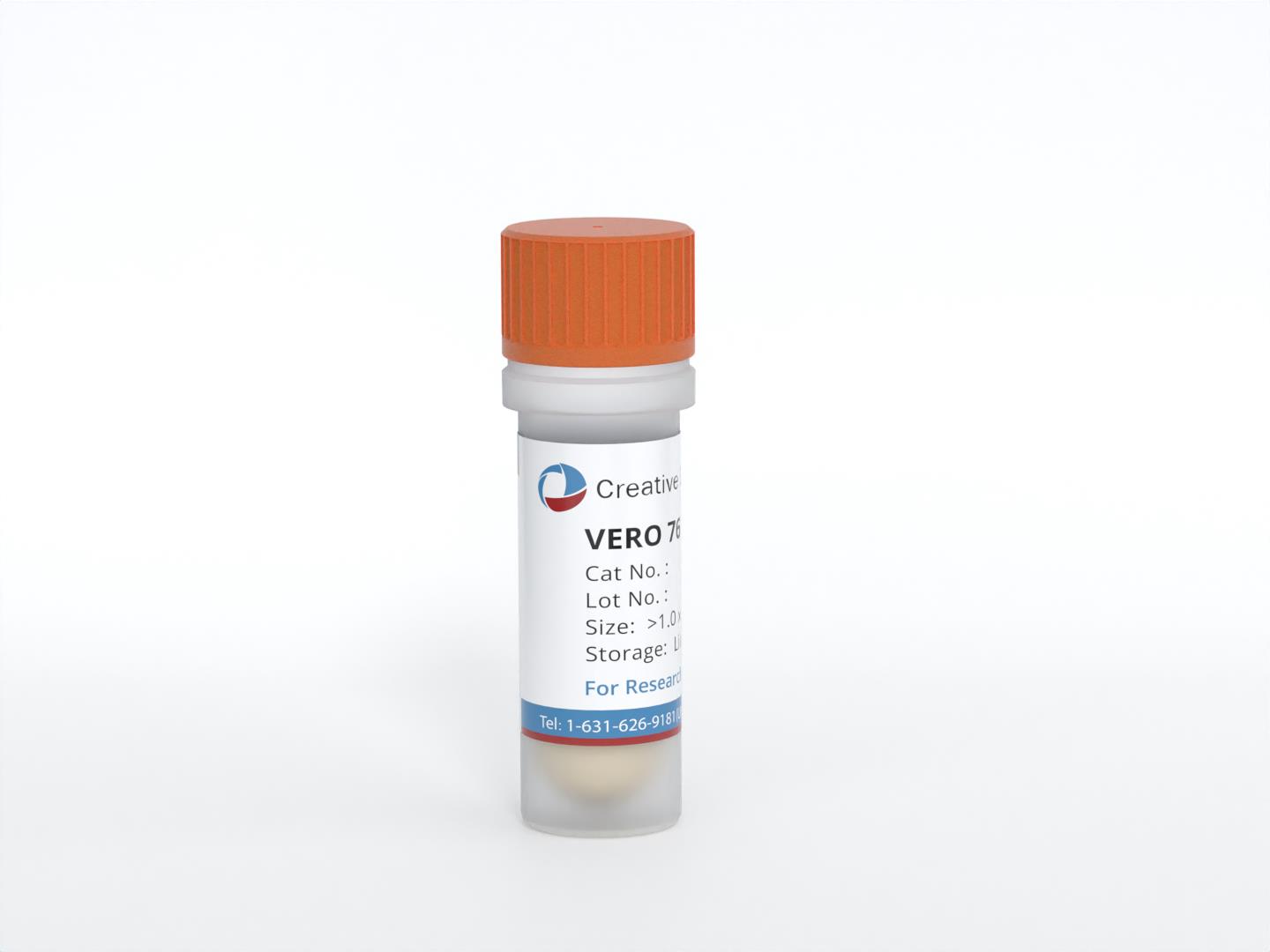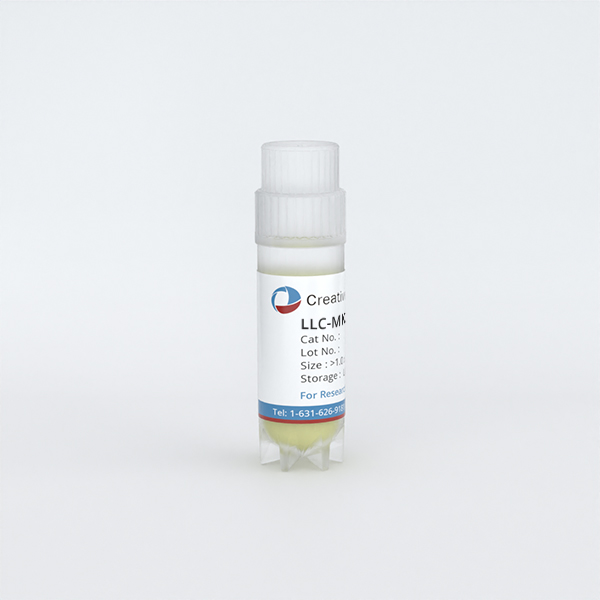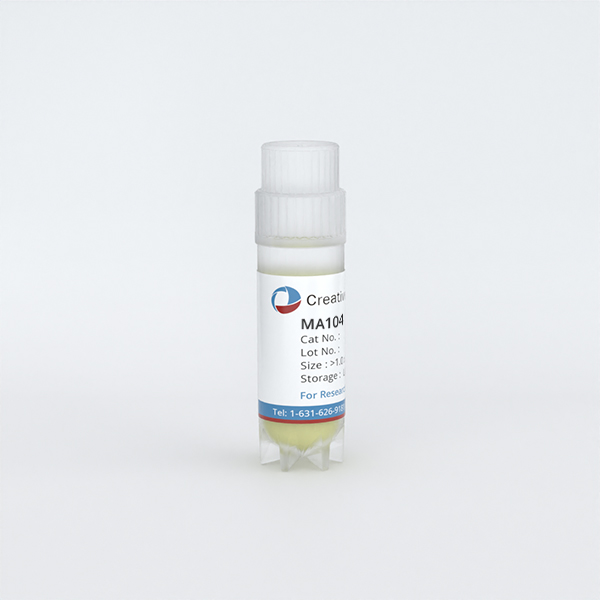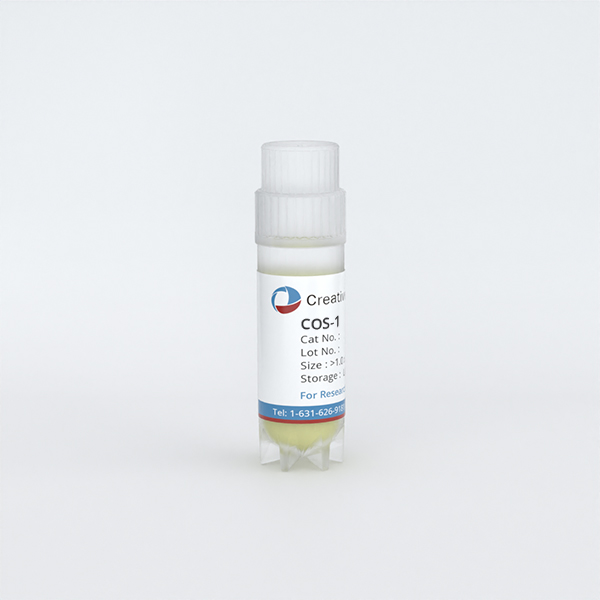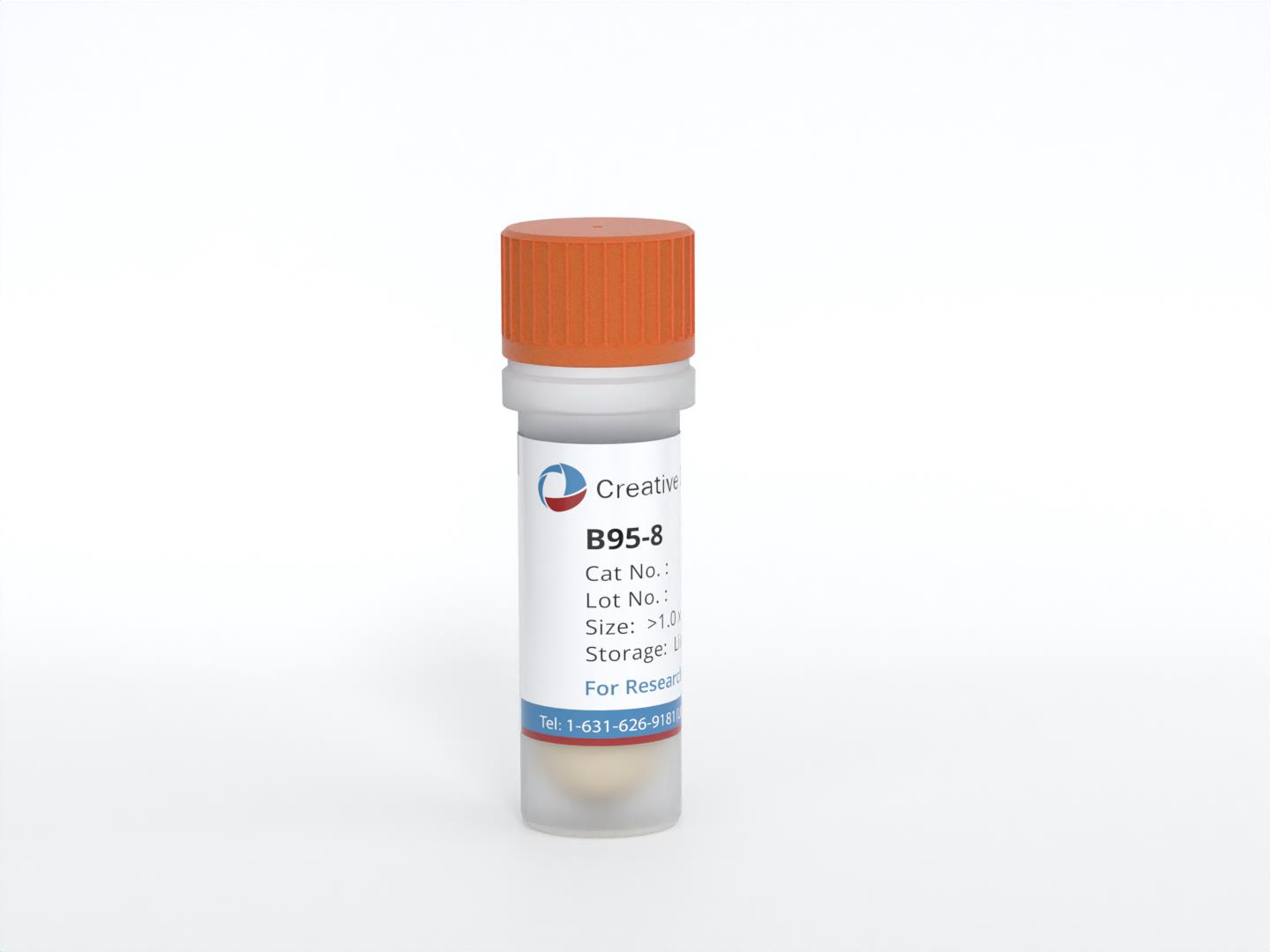
B95-8
Cat.No.: CSC-C1064
Species: Saguinus oedipus (Cotton-top tamarin)
Source: Blood; Peripheral Blood
Morphology: single, round to oval cells or clustered in small clumps in suspension and partially adherent; ca. 10% adhere, but trypsin is not necessary to detach the cells
Culture Properties: suspension
- Specification
- Background
- Scientific Data
- Q & A
- Customer Review
Viruses: ELISA: reverse transcriptase negative; PCR: EBV +, HBV -, HCV -, HIV -, HTLV-I/II -, SMRV -
The B95-8 cell line is an immortalized marmoset B lymphoblastoid line derived from peripheral blood leukocytes of a cotton-top marmoset. This cell line was established by infection with the Epstein-Barr virus (EBV), a common method for immortalizing B cells. The presence of EBV is important for the B95-8 line's utility in research, particularly for studies related to viral oncology, virus-host interactions, and the biology of EBV itself.
The morphology of the cell line is predominantly a suspension of singular, ovular cells or clusters of small clumps, but approximately 10% of the cells remain adherent. Under normal cell culture conditions (37°C, 10% serum), the cell line proliferates but does not produce optimum virus titers, however, lowering the temperature to 32°C and reducing serum concentration results in highly efficient pathogenic virus production.
B95-8 cell line is widely used in the fields of virology and immunology as a continuous source of EBV, to transform human and primate B cells into immortalized B-lymphoblastoid cell lines (BLCL's) as a means to preserve genomic DNA features of interest as well as to study EBV life cycle, immune responses to EBV and its associations with infectious mononucleosis, Burkitt's lymphoma and nasopharyngeal carcinoma. The continuous and indefinite propagation of the B95-8 and BLCL's ensures an indefinite supply of the cell line, of EBV supernatant and of BLCLs and of their genome.
Immunoglobulin Isotype Heterogeneity Within and Across Lymphoblastoid Cell Lines
Lymphoblastoid cell lines (LCLs) are generated by transforming primary B cells with Epstein-Barr virus (EBV) and are used extensively as model systems in viral oncology, immunology, and human genetics research.
Three LCLs were prepared in-house by infection of PBMCs from two donors (sample numbers 461 and 777) with one of two different EBV strains (B95-8 or M81). Each of these three samples (LCL 461 B95-8, LCL 777 B95-8, and LCL 777 M81) was prepared and processed using standard single-cell RNA sequencing workflows. Two additional, publicly available data sets were obtained for commercially available samples of the GM12878 and GM18502 LCLs, which were generated as previously reported by Osorio and colleagues.
The five LCL populations exhibit distinct immunoglobulin (Ig) profiles with respect to both gene expression levels and isotype frequencies (Fig. 1).
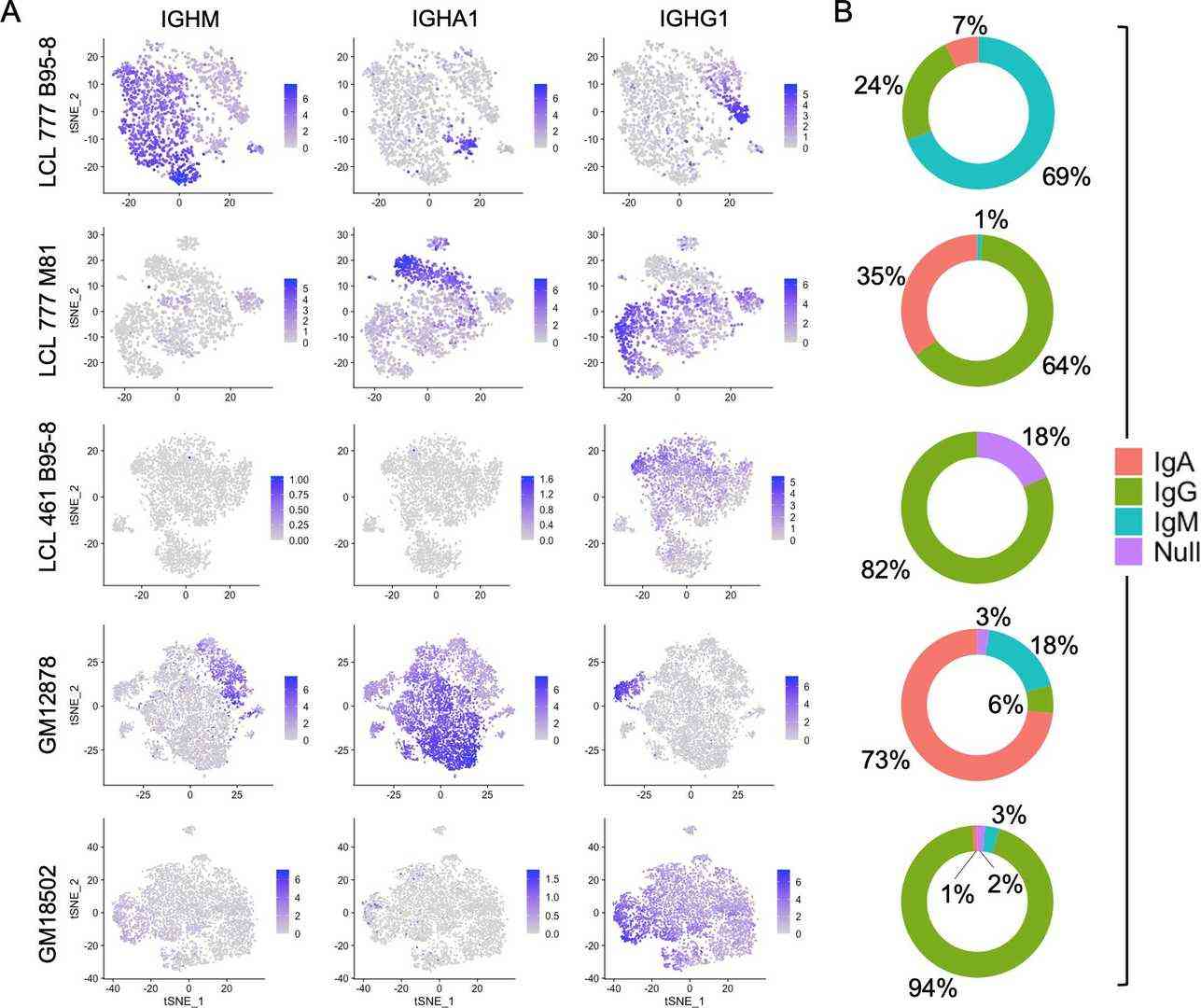 Fig. 1. Immunoglobulin isotype heterogeneity within and across LCL samples (SoRelle, Elliott D., et al. 2021).
Fig. 1. Immunoglobulin isotype heterogeneity within and across LCL samples (SoRelle, Elliott D., et al. 2021).
EBV LMP1 from Viral Strains B95.8 and M81 Modulate miRNA Expression in Immortalized Human Nasopharyngeal Cells
The Epstein-Barr virus (EBV) is a ubiquitous γ herpesvirus strongly associated with nasopharyngeal carcinomas, and the viral oncogenicity in part relies on cellular effects of the viral latent membrane protein 1 (LMP1). It was previously described that EBV strains B95.8 and M81 differ in cell tropism and the activation of the lytic cycle. Nonetheless, it is unknown whether LMP1 from these strains have different effects when expressed in nasopharyngeal cells. Thus, herein we evaluated the effects of EBV LMP1 derived from viral strains B95.8 and M81 and expressed in immortalized nasopharyngeal cells NP69SV40T in the regulation of 91 selected cellular miRNAs. We found that cells expressing either LMP1 behave similarly in terms of NF-kB activation and cell migration. Nonetheless, the miRs 100-5p, 192-5p, and 574-3p were expressed at higher levels in cells expressing LMP1 B95.8 compared to M81.
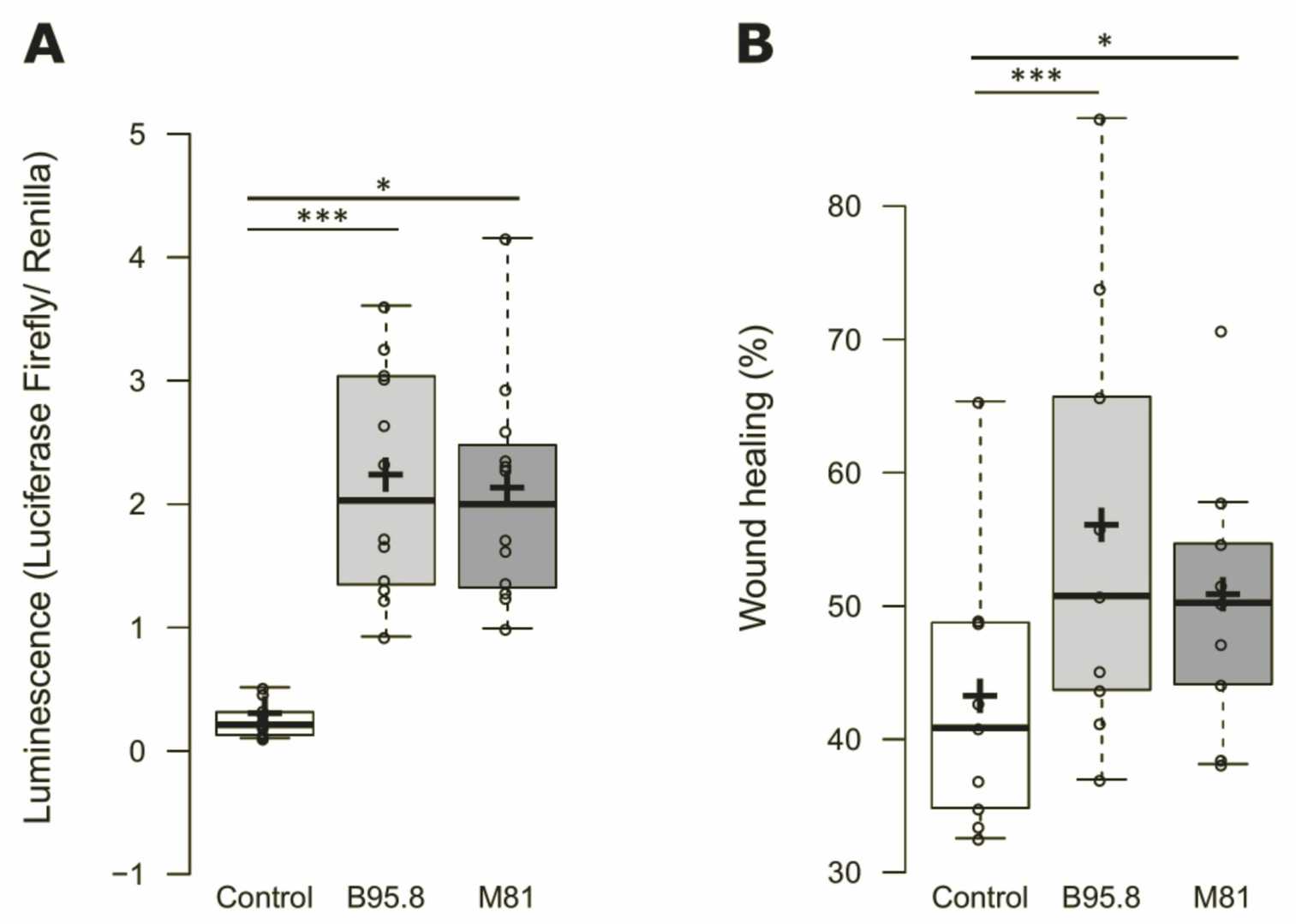 Fig. 2. Effects of expression of EBV LMP1 variants M81 or B95.8 in transfected cells in vitro: Luciferase and migration assays with HEK293 (A) and NP69SV40T (B) cells (Müller Coan, Barbara G., et al. 2022).
Fig. 2. Effects of expression of EBV LMP1 variants M81 or B95.8 in transfected cells in vitro: Luciferase and migration assays with HEK293 (A) and NP69SV40T (B) cells (Müller Coan, Barbara G., et al. 2022).
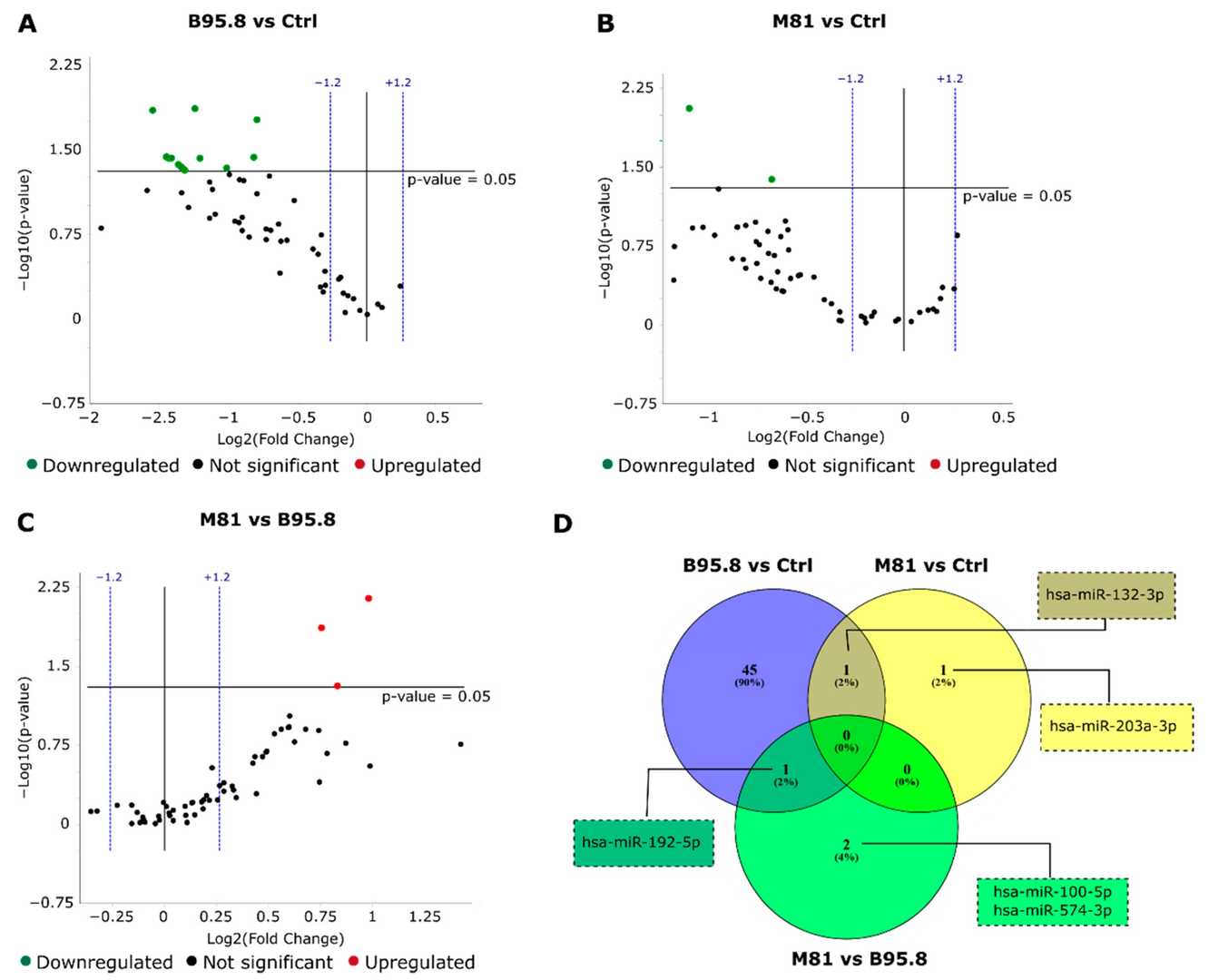 Fig. 3. Effects of expression of EBV LMP1 derived from viral strains B95.8 and M81 on miRNA expression in immortalized nasopharyngeal cells NP69SV40T (Müller Coan, Barbara G., et al. 2022).
Fig. 3. Effects of expression of EBV LMP1 derived from viral strains B95.8 and M81 on miRNA expression in immortalized nasopharyngeal cells NP69SV40T (Müller Coan, Barbara G., et al. 2022).
Ask a Question
Write your own review
- You May Also Need
- Adipose Tissue-Derived Stem Cells
- Human Neurons
- Mouse Probe
- Whole Chromosome Painting Probes
- Hepatic Cells
- Renal Cells
- In Vitro ADME Kits
- Tissue Microarray
- Tissue Blocks
- Tissue Sections
- FFPE Cell Pellet
- Probe
- Centromere Probes
- Telomere Probes
- Satellite Enumeration Probes
- Subtelomere Specific Probes
- Bacterial Probes
- ISH/FISH Probes
- Exosome Isolation Kit
- Human Adult Stem Cells
- Mouse Stem Cells
- iPSCs
- Mouse Embryonic Stem Cells
- iPSC Differentiation Kits
- Mesenchymal Stem Cells
- Immortalized Human Cells
- Immortalized Murine Cells
- Cell Immortalization Kit
- Adipose Cells
- Cardiac Cells
- Dermal Cells
- Epidermal Cells
- Peripheral Blood Mononuclear Cells
- Umbilical Cord Cells
- Monkey Primary Cells
- Mouse Primary Cells
- Breast Tumor Cells
- Colorectal Tumor Cells
- Esophageal Tumor Cells
- Lung Tumor Cells
- Leukemia/Lymphoma/Myeloma Cells
- Ovarian Tumor Cells
- Pancreatic Tumor Cells
- Mouse Tumor Cells
